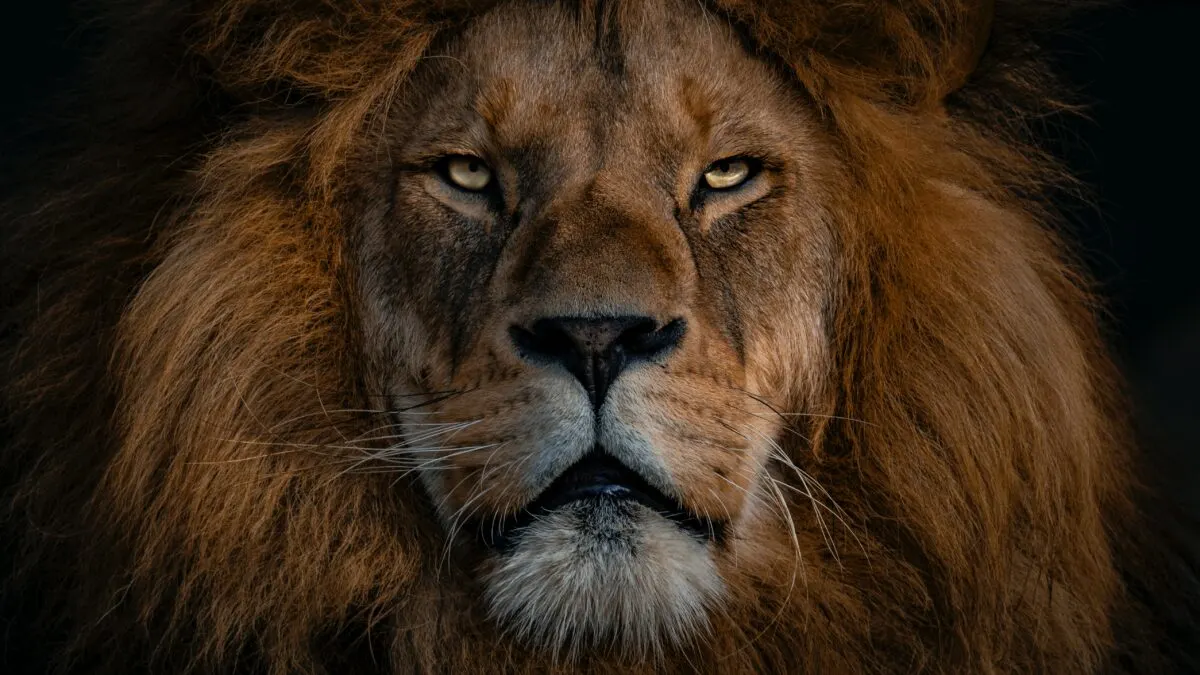Are you ready to witness the tale of this remarkable beast? Embark on a journey with us as we delve into the past and reveal the story of the Man-eater of Mfuwe. Brace yourself to be astonished, inspired, and perhaps a bit intimidated.
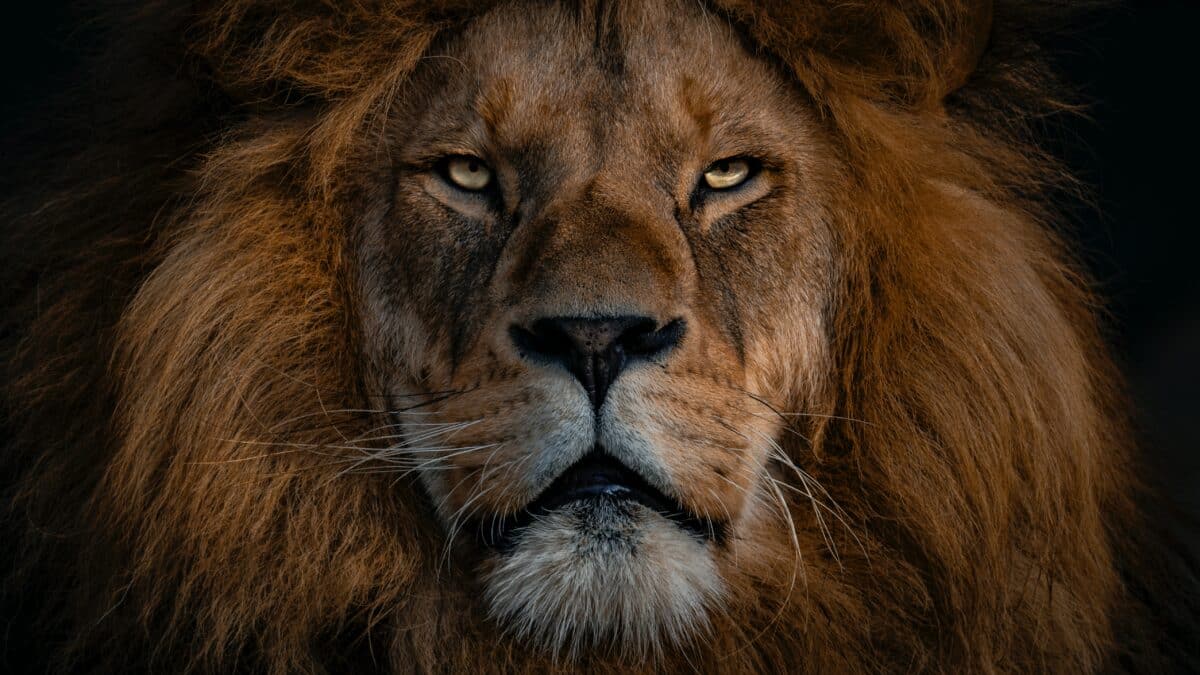
Do you ever dream of standing before the king of the jungle, the mighty lion? Picture yourself facing a creature so magnificent and dominant that a single roar could make your heart skip a beat.
What if we told you there’s a lion that surpasses all others in size, recorded in history as the biggest ever seen?
Key Points
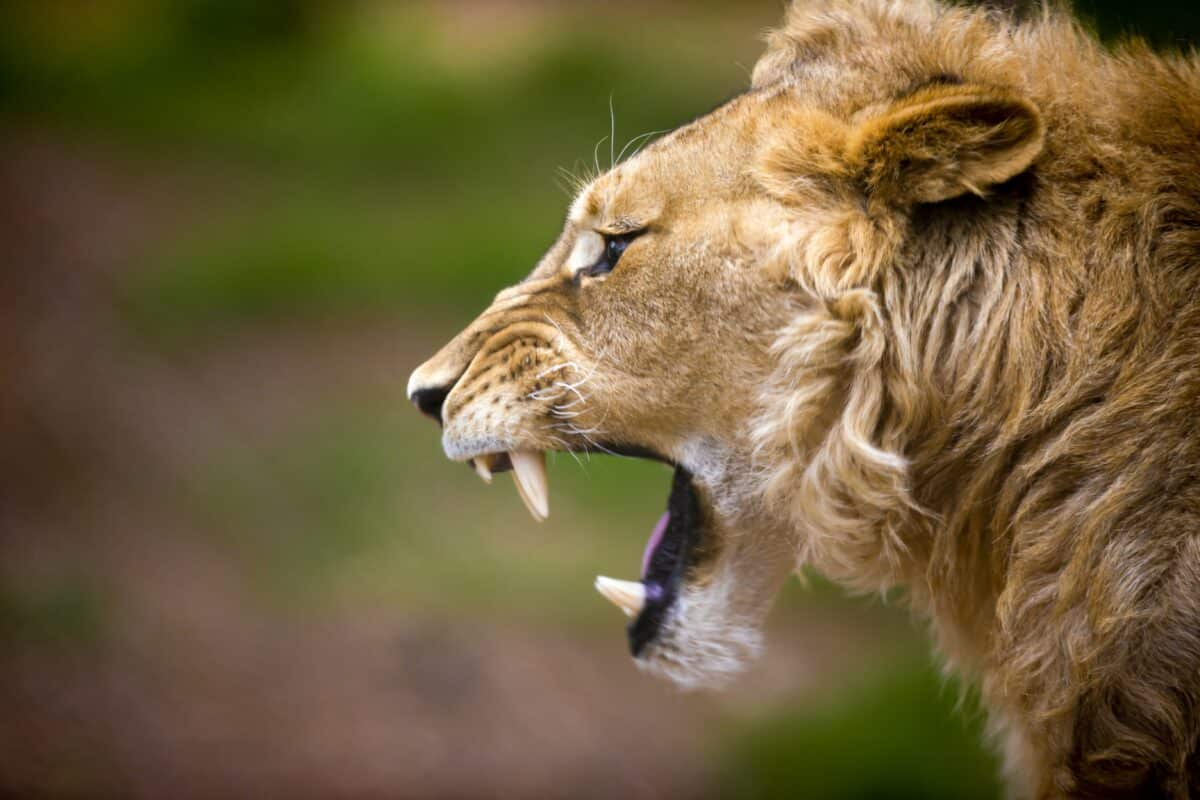
- The “Man-Eater of Mfuwe” was the largest lion ever recorded, weighing 500 pounds and measuring over 10 feet long.
- Factors such as diet, habitat, climate, and genetics can contribute to a lion’s size.
- Lions are apex predators, social animals that live in prides and hunt medium to large-sized prey.
- The lion plays a crucial role as a top predator in the ecosystem, helping regulate the prey species’ population and maintaining the ecosystem’s overall health and balance.
- Lions have surprising abilities, such as going without water for up to four days, running up to 50 mph in short bursts, and having a roar that can travel up to 5 miles away.
The Biggest Lion Ever Recorded – The Man-Eater of Mfuwe
In 1991, a lion known as the “Man-Eater of Mfuwe” terrorized the Luangwa River valley in Zambia. This infamous lion was one of the largest ever recorded, measuring over 10 feet (3.0 m) in length and weighing 500 pounds (230 kg).
The Man-Eater of Mfuwe attacked and killed at least six humans in and around the village of Mfuwe, causing fear and panic among the local population, who lived in constant danger.
In order to protect the people, an experienced big game hunter named Wayne Hosek was brought in to hunt down the Man-Eater of Mfuwe. After several weeks of tracking and searching, Hosek finally caught up with the lion in the Luangwa River valley.
In a daring and dangerous hunt, Hosek managed to take down the lion and end its reign of terror.
The Man-Eater of Mfuwe’s body was later transported to the Field Museum in Chicago, where it was displayed alongside other infamous man-eating lions, such as the Tsavo lions.
Possible Explanations for the Lion’s Size
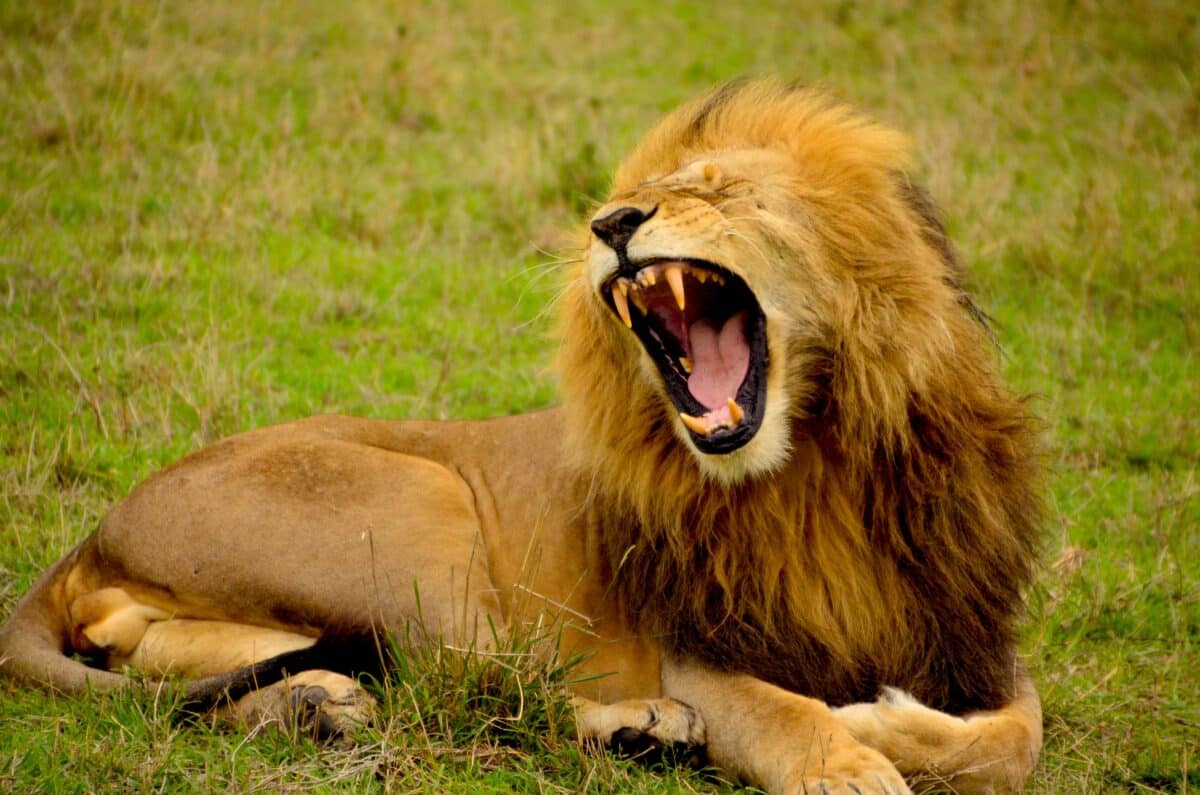
Lions are one of the largest cats in the world, with males weighing up to 550 pounds and standing up to 4 feet tall at the shoulder. While genetics play a significant role in determining a lion’s size, several other factors could contribute to its enormous size:
- Diet: Lions are apex predators at the top of the food chain in their ecosystem. Their diet consists primarily of large herbivores like buffalo, giraffes, and zebras. A diet rich in protein and nutrients could help lions grow more extensive and more robust.
- Habitat: Lions that live in areas with an abundant food supply and fewer predators may have a better chance of growing more prominent.
- Climate: The climate of an area can also affect the size of lions. For example, lions living in cooler temperatures may have thicker coats, making them appear larger than lions in warmer climates.
- Genetics: As mentioned earlier, genetics play a significant role in determining a lion’s size. Some lion populations may have genes that allow them to grow more significantly than others.
It’s worth noting that while lions are known for their size, not all lions are enormous. There is a significant variation in size within lion populations, and factors like gender and age also play a role in determining a lion’s size.
The Lion – A Summary
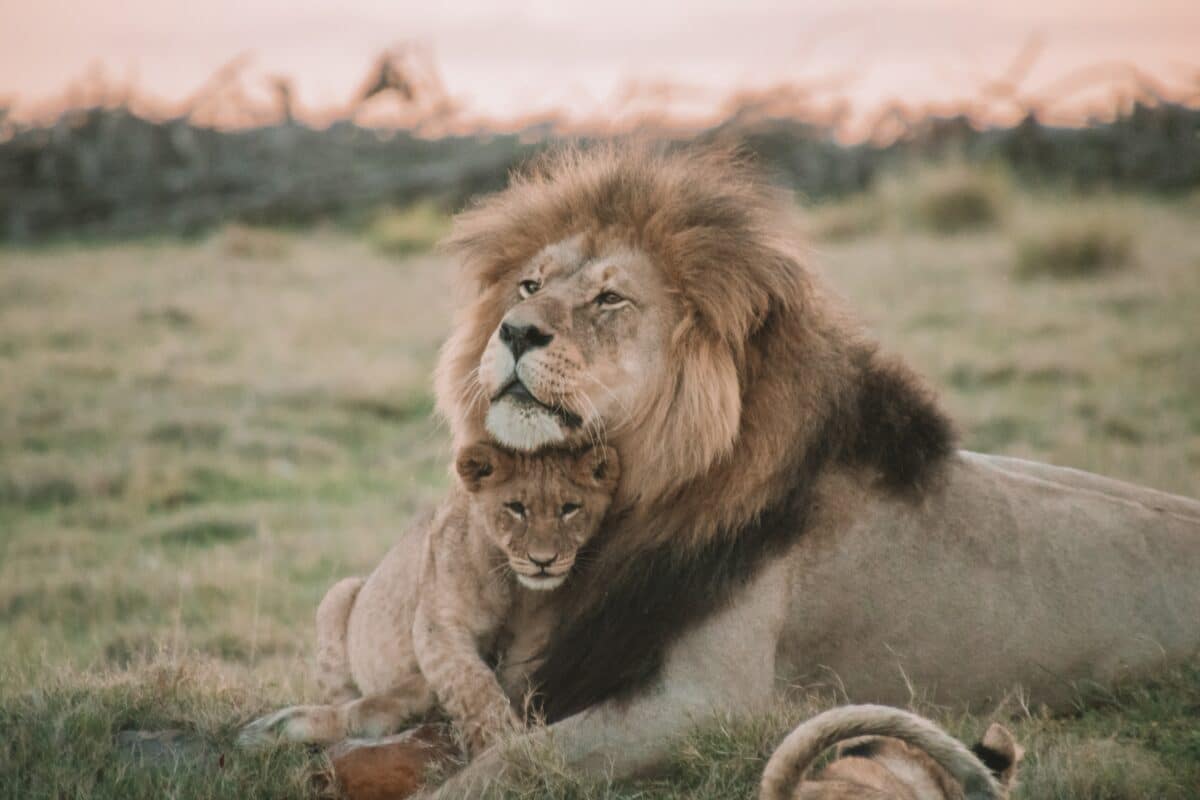
The lion is a majestic and powerful big cat in the Felidae family.
It is an apex predator, with males known for their distinctive mane of hair around their necks, and it lives throughout sub-Saharan Africa and has a small population in India.
Lions are social animals that live in groups called a pride, consisting of females, their cubs, and a small number of males.
They primarily hunt medium to large-sized prey, such as antelope and buffalo, and are known for their impressive speed and strength.
Unfortunately, the lion is considered vulnerable due to habitat loss, hunting, and human conflicts.
Importance of the Lion in the Ecosystem
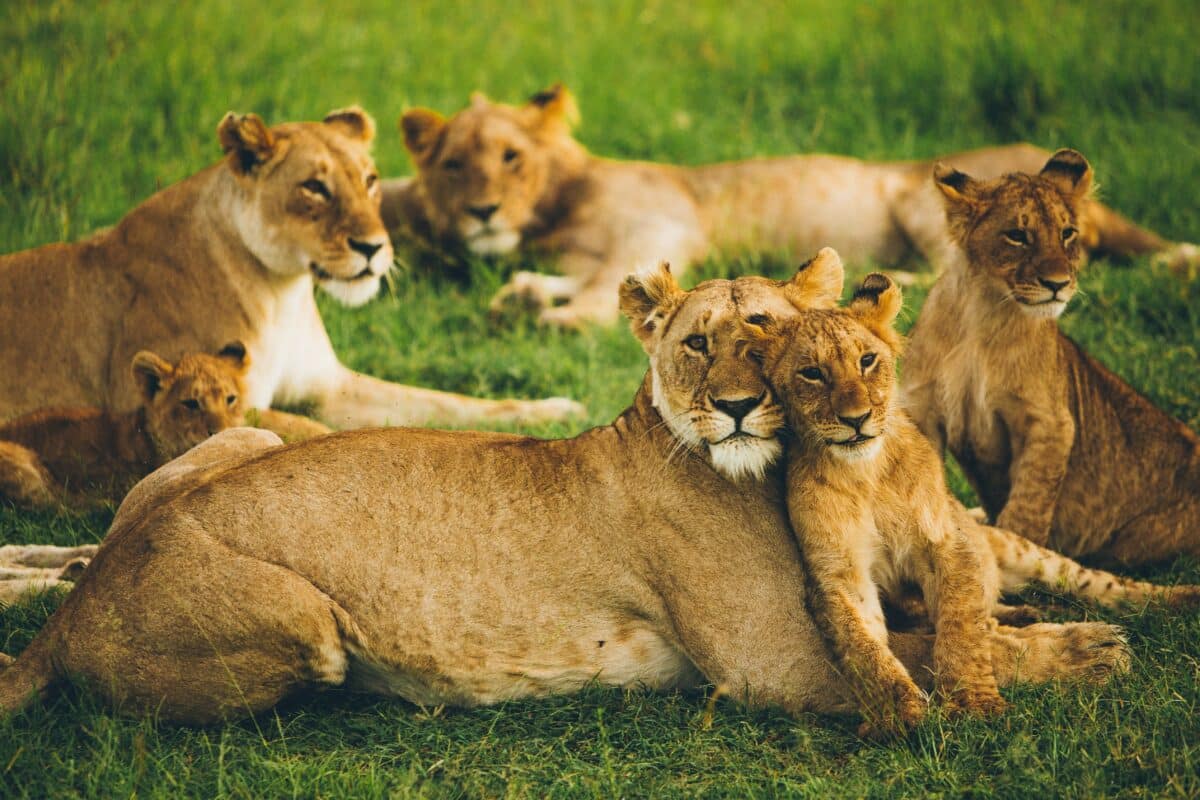
The lion plays a crucial role as a top predator in the ecosystem.
As an apex predator, the lion helps regulate the population of prey species such as antelopes, zebras, and wildebeests, which can affect the vegetation and other species in the ecosystem.
By preying on weaker and older animals, lions help to keep the prey population healthy and robust, ensuring that the fittest survive to pass on their genes.
In this way, the lion helps maintain the ecosystem’s overall health and balance.
Additionally, the lion’s role as a top predator has cultural and economic importance. It attracts tourists to the regions where they live, contributing to the local economy and conservation efforts.
5 Surprising Facts About Lions
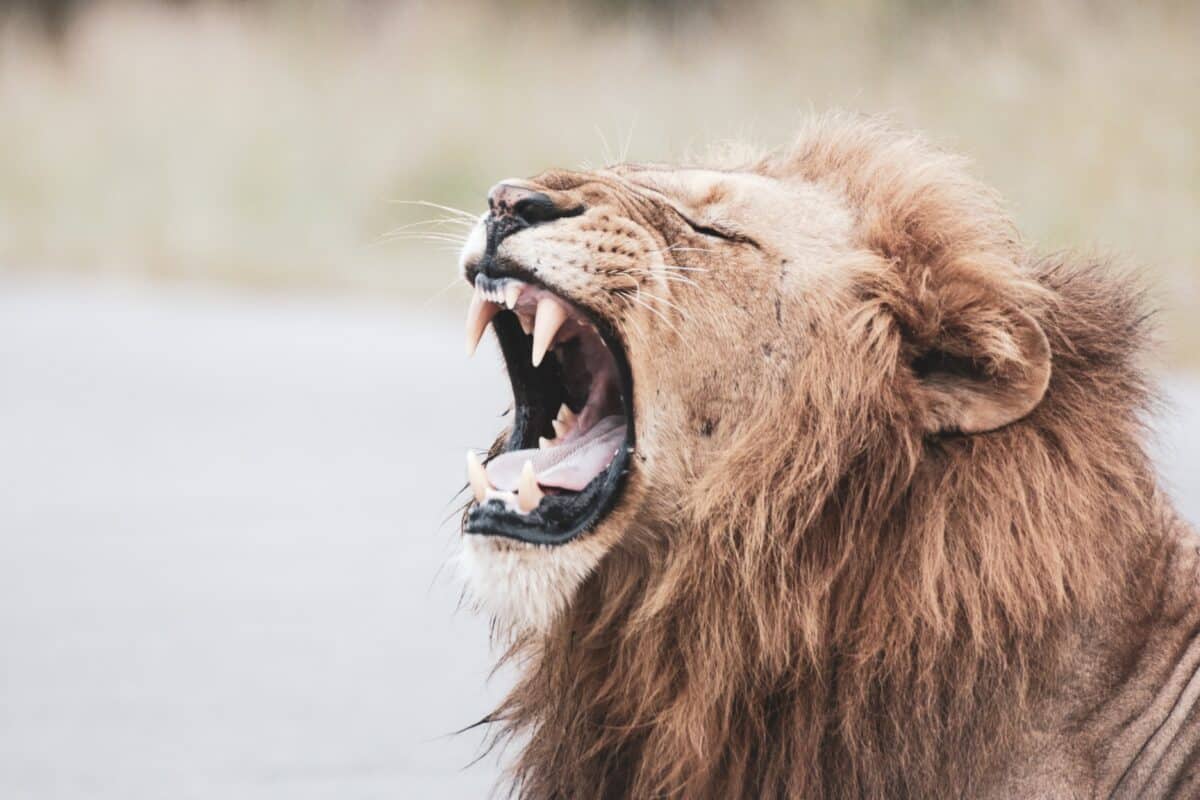
- Lions can go without water for up to four days. This is because they get most of their water from the prey they eat, and they have evolved to conserve water efficiently.
- Not all lions have manes. While male lions are known for their impressive manes, not all males have them. Some male lions may have very little or no mane, while some females may have a mane-like appearance due to hormonal imbalances.
- Lions can run up to 50 mph (80 km/h) in short bursts. This speed is essential for lions when they hunt prey, as they must catch up to them quickly.
- Lions are the only big cats that live in groups, known as a pride. These prides can consist of up to 30 individuals working together to hunt and protect their territory.
- The roar of a lion can travel up to 5 miles (8 km) away. Lions use their cry to communicate with other members of their pride, as well as to establish their territory and intimidate potential threats.
The Bottomline
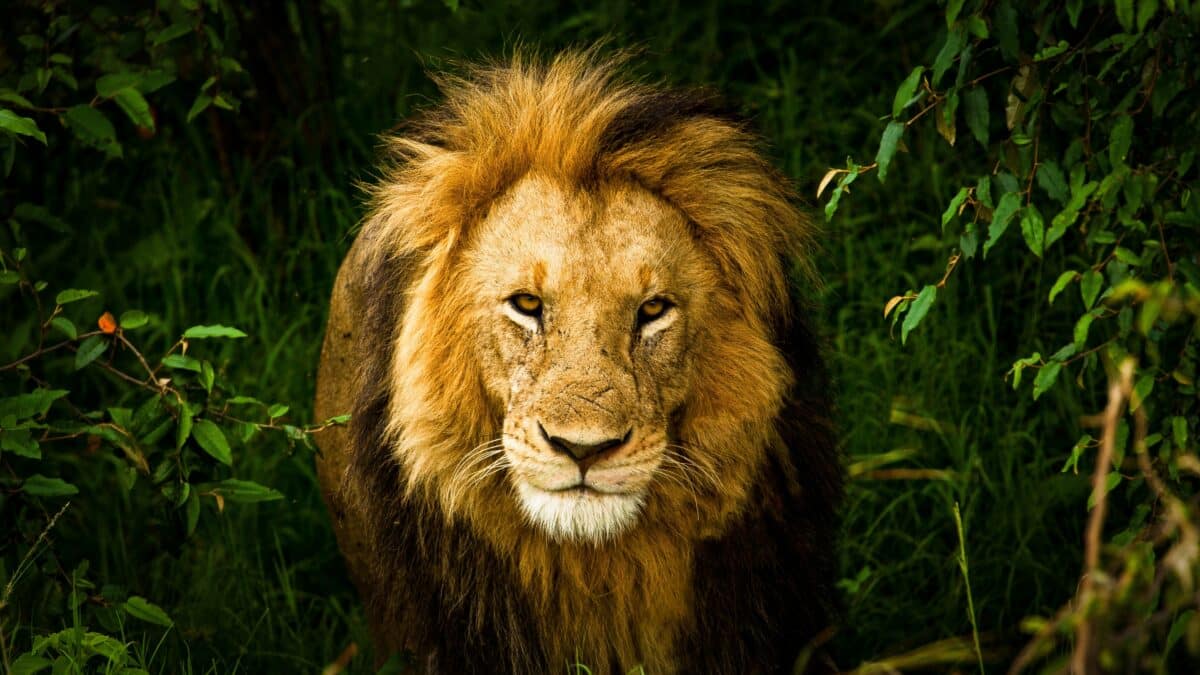
The “Man-Eater of Mfuwe” was a lion that terrorized Zambia in 1991, recorded as one of the largest ever seen, measuring over 10 feet (3.0 m) in length and weighing 500 pounds (230 kg).
This lion killed at least six humans before being hunted down and killed by big game hunter Wayne Hosek.
Lions are one of the largest cats in the world, and factors such as diet, habitat, climate, and genetics can contribute to their size.
The lion is an apex predator that helps regulate the population of prey species. Hence, they help maintaining the ecosystem’s overall health and balance.
Lions are the only big cats that live in groups, known as a pride.
Thank you for following along with this article!
Next up in the animal-news world:
- Mass Deaths of Dolphins in the Black Sea Linked to the Russians
- Pregnant Hammerhead Shark Washes Ashore in Alabama
- 2,000 Endangered Rhinos to the Highest Bidder
- Discover The Most Massive Gorilla Ever (860 Pounds)
- Watch a Tiger taking on an Elephant in the Wild
- Discover the World’s Most Colossal Anaconda (33-Foot-Long)
- Mom and Daughter Takes Hen and Chicks to the Store in Backpacks - April 24, 2024
- Watch: German Shepherd thinks he’s dying at the grooming salon - April 24, 2024
- Watch: Cats Meet Babies for the First Time - April 24, 2024

